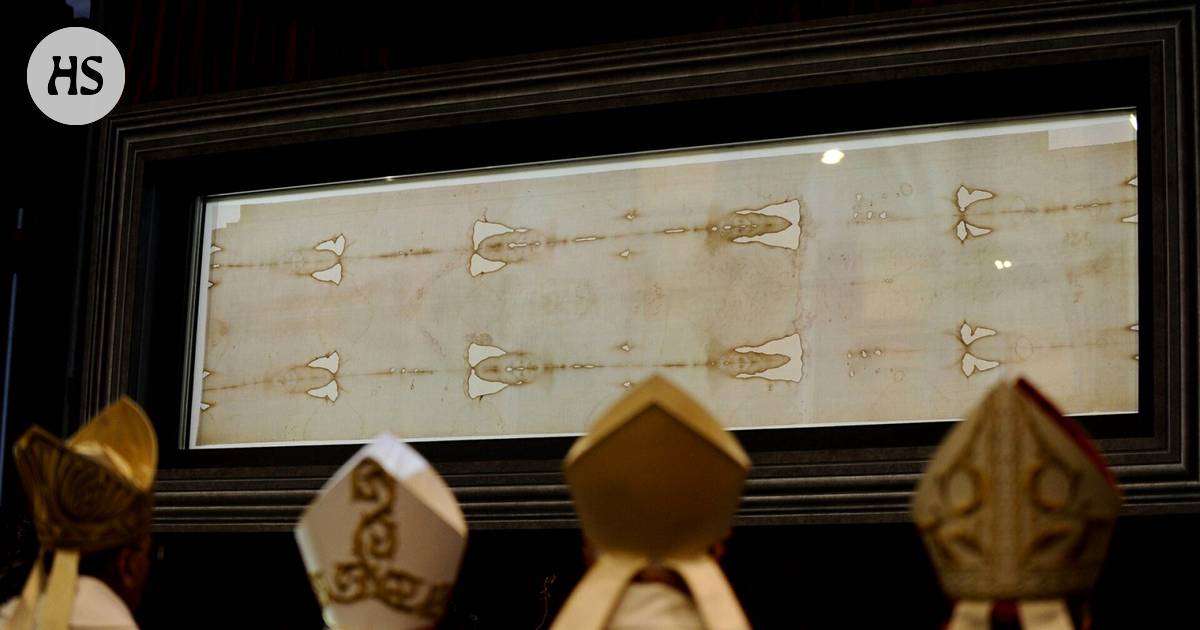Recent dating studies have shed new light on the Shroud of Turin, a cloth that has been revered by pilgrims for centuries as the burial shroud of Jesus. Located in a cathedral in northern Italy, the shroud has undergone extensive investigation through the methods of natural sciences and historical research. The fabric, approximately four meters long, bears the image of a man with traces of torture, including nail marks on the wrists and feet, a puncture wound on the side, and wounds on the head, corresponding to the injuries of Jesus during crucifixion.
Despite doubts about its authenticity, recent studies have brought its origins closer to the time of Jesus. Radiocarbon dating in 1988 placed it in the 14th century but this has been disputed due to potential contamination and repair of the fabric over time. A more recent study in 2022 linked linen material from the shroud to that from Masada fortress between 55-75 AD, closely aligning with Jesus’ death.
The journey of Jesus’ shroud from his burial site to its current location in Turin is filled with historical figures and locations. It started in Antioch in Syria before moving onto Edessa. Some historians believe it may be connected to Mandylion- an iconic cloth representing Christ which disappeared during sack of Constantinople in 1204. Eventually it landed in Savoy princely family’s possession before being housed permanently in Turin cathedral.
The debate over authenticity and historical significance continues among scholars, shedding light on mysteries surrounding its origins and journey throughout history.

:quality(75)/cloudfront-us-east-1.images.arcpublishing.com/elcomercio/SHZS63UVUVBIHKYXCRRMDXZQHI.jpg)
